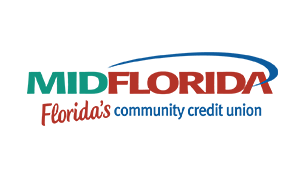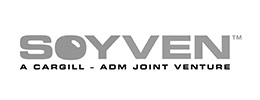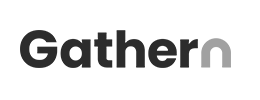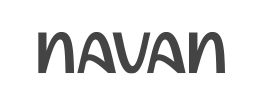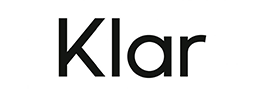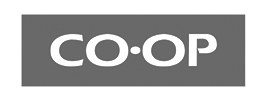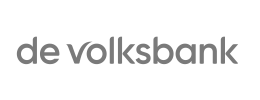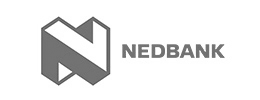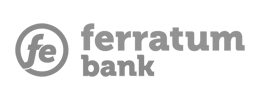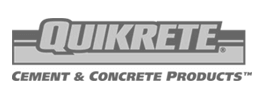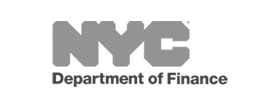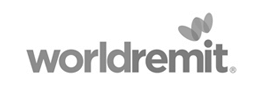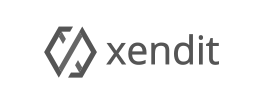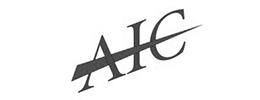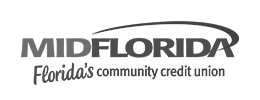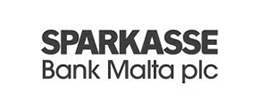Reconciliations automation behind the scenes: What, when and why
A special ReconArt feature first published on Bobsguide – the ultimate fintech resource, an innovative online platform that connects the providers of fintech solutions with the financial services professionals who need them.
Read the article here as well.
When talking about digital transformation of financial processes, one invariably means automation through advanced software technology. The three focuses of financial process transformation projects are usually built around reduction of manual processing tasks, data conversion and sync across different systems, and collaboration enhancements.
Automation of human jobs has generally aimed to hand over the three Ds to machines: dull, dirty, and dangerous. Their elimination from the everyday workload opens avenues for value added activities, creativity, and analysis. While in information technology in the financial sphere there are no messy or life-threatening jobs to deal with in the literal sense, the metaphor falls right on its place. Manual number crunching can be tricky, demanding and risky just as well.
Evolution stages of reconciliations automation
Data reconciliation automation has evolved in several stages towards the goal to scrap repetitive, time consuming and error-prone manual matching. At the first stage, account balances are compared in Excel, but this crude approach has only a limited application: typically for accounts with few movements for the period, low risk or priority. Reconciliation at balance level cannot explain discrepancies without drilling down into the line items. If the reconciliation tool cannot pinpoint the sources of mismatch, it is very likely that the reconciler puts up with higher variance tolerances or excessive write-offs.
Reconciliation professionals are usually expert Excel users and over time many have developed their own spreadsheet-based tools comprising complicated vlookup tables and macros as the second stage of automation. It is expected to zoom into the account details and enable items comparison. However, match rates are improved temporarily and only marginally. Creating and maintaining such tools is far from rewarding and knowledge transfer or process continuity is impeded. Simultaneous work and viable access control are not supported. Errors tracing or auditing changes in the match logic is a hopeless endeavor. Spreadsheets are not cut out for complex reconciliations with sizable sets of matching parameters or complex data relationships. As soon as records exceed a certain threshold, slow-downs and crashing become more frequent. Also, populating the tool with incoming data takes a lot of file conversions and data corrections/transformation, performed manually yet again.
With the third level of automation, the limitations of generic spreadsheets are acknowledged and more sophisticated data comparison technology is introduced. The breaking point occurs as soon as the complexity of data and its volume can no longer be sustained by additional workforce and the compromises with speed and precision of reconciliations adversely affects the financial results.
Specialized reconciliation solutions and levels of automation
The adoption of a specialized account reconciliation solution indicates greater organizational maturity and removes the obstacles before end-to-end automation. It rarely happens overnight and usually is implemented in three broader steps in line with the escalating recon process complexity:
Level 1: The reconciliation scenarios are quite straightforward and the set of input file formats – rather standard and consistent to be parsed automatically upon manual import. Significant performance improvements are reported when advanced optimizations unfeasible for Excel are applied. Matching logic is now documented and audit ready, with match criteria based on multiple parameters. Variance tolerances can be adjusted and the exceptions categorization is regulated by predefined rules.
Clearly, the automation of matching is the focus here. With ReconArt users define the algorithm for comparing two data sets. They determine an unlimited number of comparison criteria, arrange them by importance and scope, and narrow down the matching pair or grouping with absolute certainty. The system does the math in the background and displays statistics which rules combination produces the best outcomes, while the users assess their effectiveness. In addition to that, ReconArt suggests matching pairs in line with the prescribed criteria, but it’s the user’s discretion to affirm and accept them.
Level 2: Further expansion of the automated operations is due. At this point input data flows have intensified and their automated import (SFTP or script-based) can be scheduled with the proper frequency. Matching, report generation, and recon data exports to file or database can also be incorporated into the recurring system task. The relation between input data quality, the set of match rules, and mismatch patterns is monitored and tested for further optimization. Only limited manual intervention is necessary in specific situations.
Gathering reconciliation data from disparate sources (hundreds at times) and putting it together in a unified format is quite customary and burdensome, too. ReconArt takes that out of the equation by the one-time setup of import templates (out of the box for the most common file types). From that point on, the platform fetches files on a scheduled basis, selects the columns relevant for the matching, and picks only those pieces of information that make a unique identifier for a conclusive match.
Reconciliation is a time sensitive process with a certain rhythm in it. Scheduling allows for a timely execution of each recurring task, whether it is an import, matching, or export in the exact sequence to avoid loops and interruptions. Users can configure status check points to control the progress or identify bottlenecks. Also, system tasks can be arranged in groups with sequences and dependencies.
In ReconArt, user constructed rules play a major role transforming recurring patterns and repetitive manual operations into actionable system tasks. Those involve not only matching, but also data transformation and enrichment, and exceptions labelling. Creating rules is not coding but rather logical formulas in an Excel-like language that can be adopted easily by non-IT staff. Again, to what extend automation rules will be harnessed depends entirely on the user preference: whether a lean approach or all-round system initiated and performed reconciliations.
Level 3: End-to-end automation of reconciliation processes as part of the larger enterprise architecture. Using the API, file transfers, matching, exports and all other key operations can be fully integrated between different systems, with all processes orchestrated from a single location. The completion of one operation triggers another and this cascade significantly reduces processing time lags, alerting about bottlenecks.
The automation of workflows and role based task management is typically critical for the financial close process. The reconciliation and certification of accounts on at least two approval levels in large dispersed organizations with balance sheets comprising hundreds of accounts requires rigorous time management and near real-time progress tracking. ReconArt makes that effortless. Once the roles, the time frames and the data feeds are put in a template, the platform take over from there. Personalized notifications are triggered to eliminate lags and install check points. The process visibility and predictability improves dramatically as a result.
New horizons
The ultimate automation dream is the human operator issuing simple voice commands which within seconds are executed by the AI with all scenarios taken into consideration and all variables and probabilities calculated. One day technology will eventually catch up on fiction. But today reconcilers need a solution that is capable of doing account reconciliation reliably, cost effectively and in a secure auditable environment.
ReconArt is a fully user-configurable platform that replicates the current process structure in the digital space. That makes the transition from analogue to digital way smoother and much more transparent becoming an essential instrument in the optimization journey. The ReconArt features and controls give a wide array of options to tune the extent of automation – what to be performed by the machine and where human intervention is requisite. Users leverage automation while preserving their autonomy as process designers and owners.

 follow our blog
follow our blog